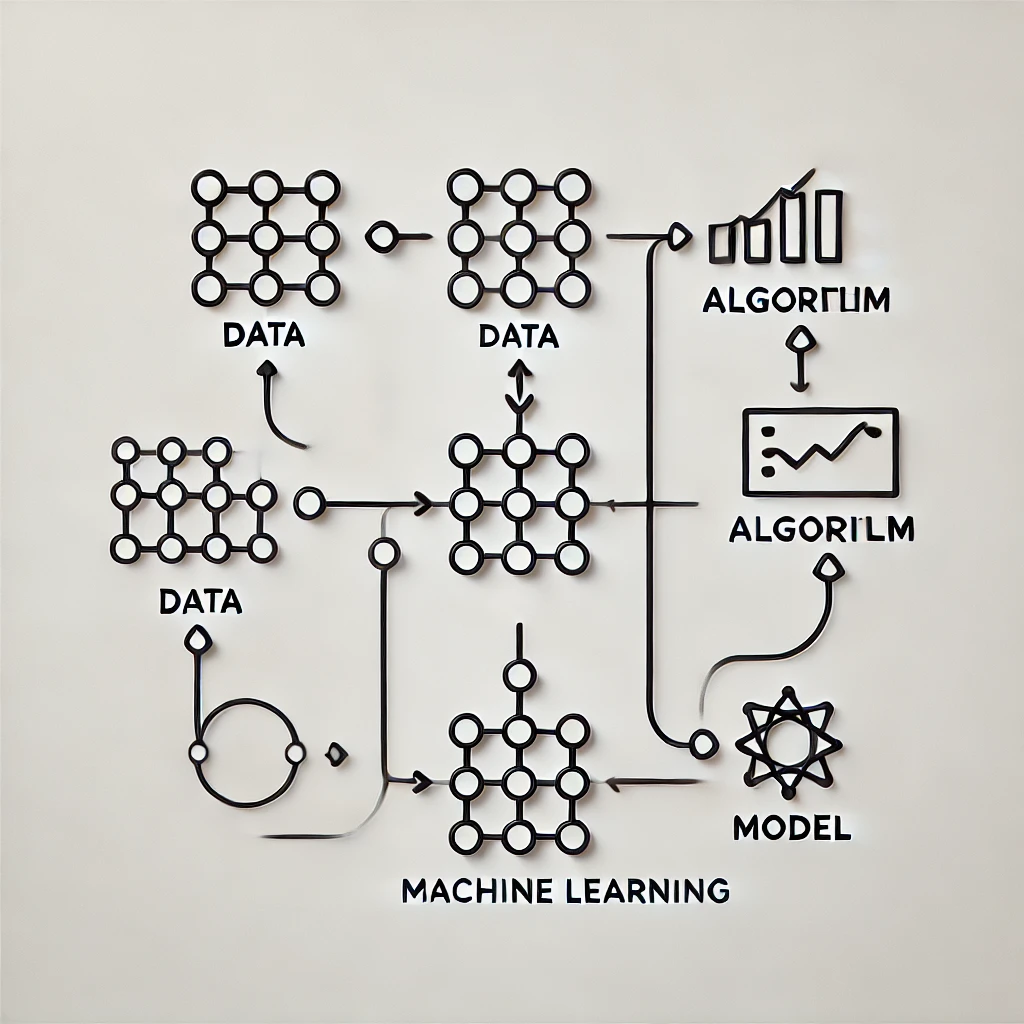4 min to read
Unveiling the Power of Machine Learning- A Transformative Approach to Artificial Intelligence
Leading to future Data Science

In an era where data is undoubtedly as good as money, machine learning is the epitome of innovation. It transforms data bits into actionable knowledge. Machine learning is a realm of artificial intelligence that enables the computer to learn from data and improve from experience without being explicitly programmed. It is not about the kind of algorithms that merely parse the data but algorithms that adapt and learn from the data. Essentially it is the force behind multiple applications we do every time we are with computers. Machine learning algorithms enable you to create virtual assistants that anticipate your questions or systems that anticipate cybersecurity threats and neutralize them before they cause any damage. The critical point is that machine learning finds patterns in data and operates on these insights to drive the informed output behind every app and industry. It is a field that is trending and interesting but best it is in every modern ability.
Types of machine learning
Indeed, machine learning does come from various categories that respond uniquely and perform different functions on their own. The three prevalent types include:
Supervised Learning: It is whereby the algorithm learns from labeled data. In the presence of a predetermined examples and answers, it will predict the outcomes for the new and hard data. Spam filtering and image recognition are examples given for this type where you train the model using classified pictures of animals; it is likely to predict the new image perfectly.
Unsupervised Learning: In contrast, unsupervised learning does not have any labeled data, so an algorithm learns to make sense of it.
Reinforcement Learning: In this case, the agent learns how to make decisions based on actions and evaluating the rewards and punishments of their outcomes. It is a matter of trial and error alongside instant gratification . Reinforcement learning produces self-driving vehicles and develops more strategic game-playing AI, such as devices that can now outplay human chess and Go challengers.
Each type of machine learning provides a different lens through which to tackle data and room for a wide array of applications.
Machine learning is already in use
Concerning machine learning, the potential applications are virtually endless and quite novel. Machine learning algorithms help healthcare professionals diagnose diseases more quickly and forecast patient outcomes. Machine learning is used to facilitate fraud detection in the finance realm or to empower trading. The retailers employ machine learning to detect customer behavior and guarantee a customized shopping experience. When it comes to manufacturing, predictive maintenance is capable of predicting machine flaws before they occur, saving time and money. Natural language processing makes it possible for computers to comprehend and respond to human languages, changing the client-organization relationship. When it comes to creative endeavors, machine learning is used to customize the type of content people view or even to help design. These are only a few events for machine learning applications’ utility on a global scale.
Challenges in machine learning
The capabilities of machine learning are exceptional, but they have certain challenges. The quality and quantity of the data used are serious obstacles. The machine-learning algorithm degrades with bad data; this is known as a garbage-in-garbage-out guilty paradigm. Overfitting is a common problem that occurs when a model learns the training data too well. The model will then become bloated with noise and outliers. A harmony between the model’s complexity and precision must be struck.
There are large ethical concerns as well. While algorithms touch more and more aspects of our lives, making sure they are making fair and unbiased decisions is imperative. Additionally, as more and more data is collected, people get increasingly worried about their privacy. Therefore, careful governance and security implementations are needed.
The future of machine learning
The future of machine learning is extremely promising. As computational power increases and algorithms get more advanced, ML models will provide deeper insights and more granular predictions. In addition to becoming even more essential in our regular lives, there are also many new trends in the field. For example, federated learning is enabling privacy-preserving data analysis, while the rise of edge computing is making it available on just about any device around us. Furthermore, we’re also in the early stages of the synergies between machine learning and quantum computing, enabling breakthrough processing power. Whatever the future holds, one thing is certain: machine learning will be vital to both the future of technology and society. Learning to embrace its advancements while coping with its challenges is crucial to leveraging it to the fullest extent.




Comments